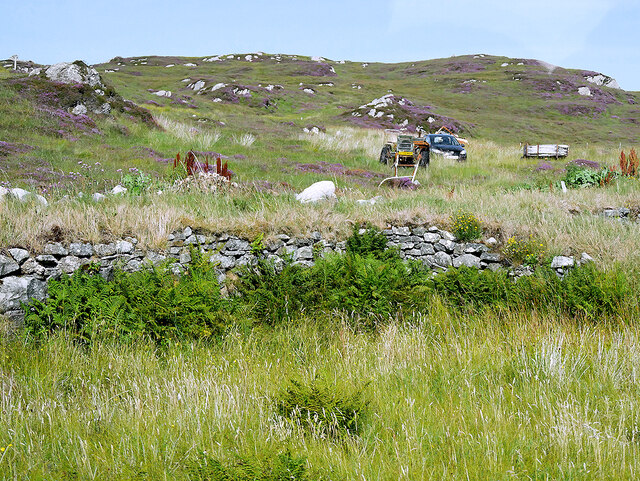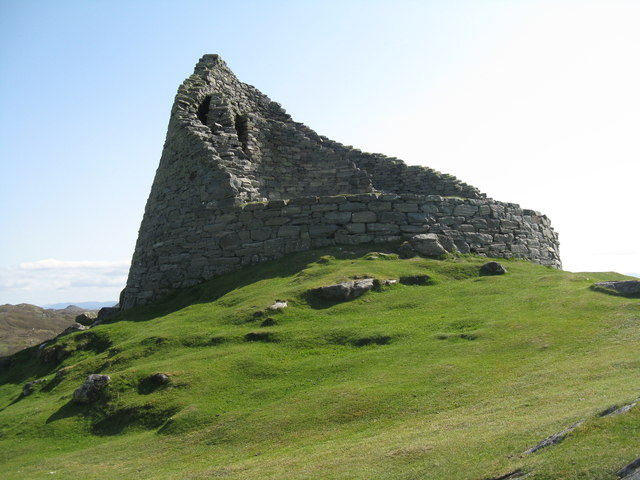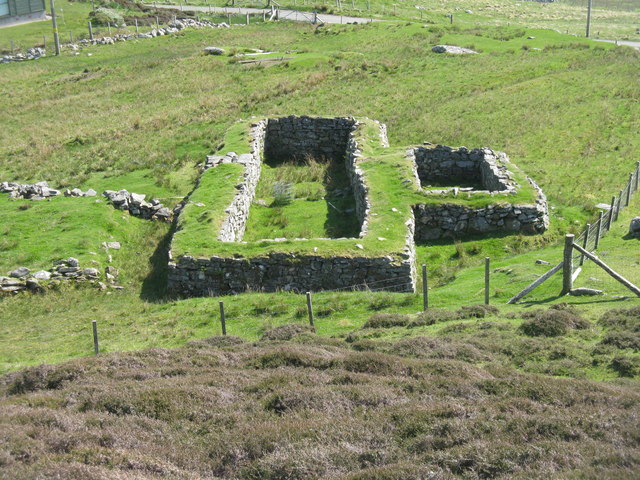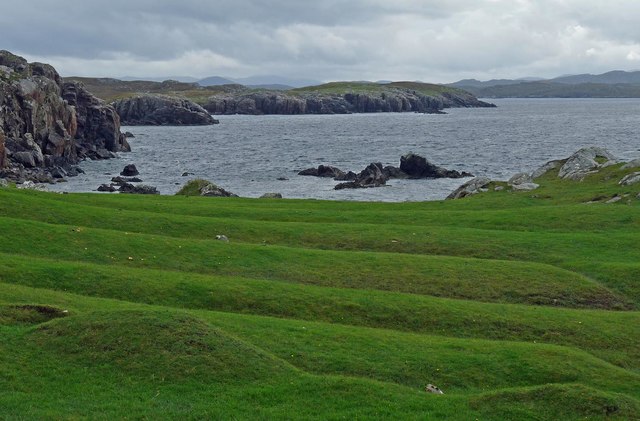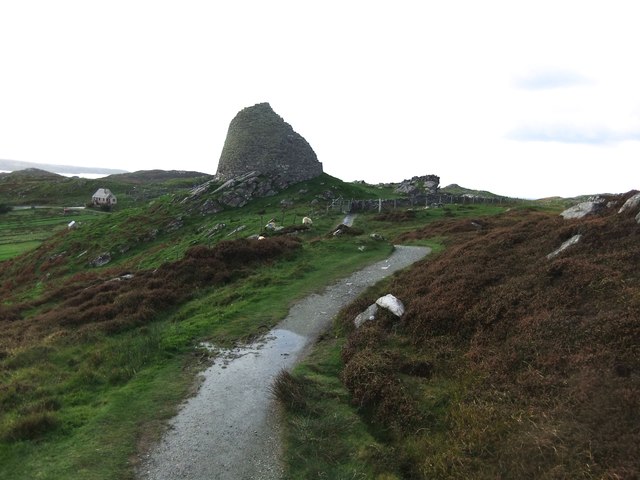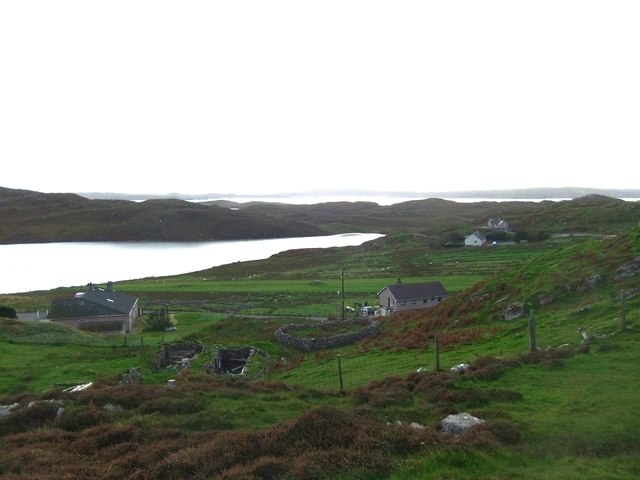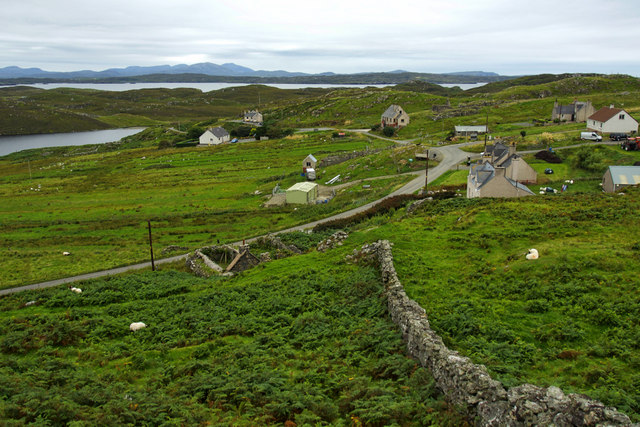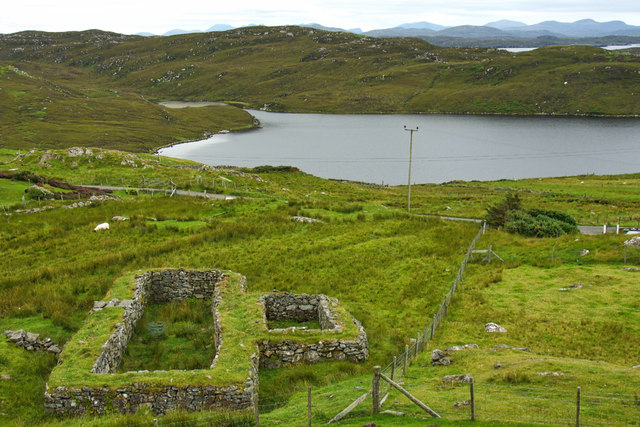Geodhachan a Tuath
Coastal Feature, Headland, Point in Ross-shire
Scotland
Geodhachan a Tuath
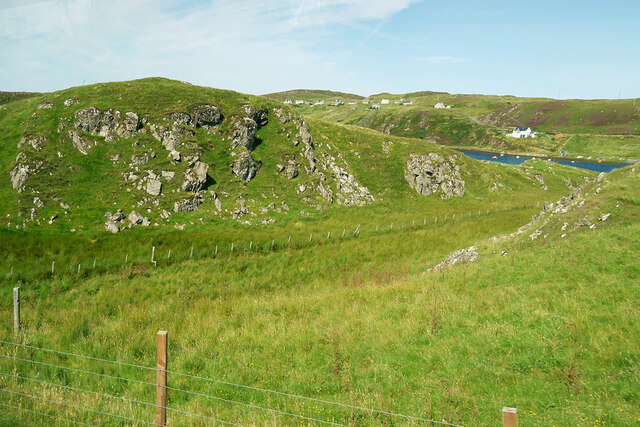
Geodhachan a Tuath is a prominent coastal feature located in Ross-shire, Scotland. It is a headland that juts out into the North Atlantic Ocean, forming a distinct point along the rugged coastline. The name Geodhachan a Tuath translates to "northern cove" in Gaelic, reflecting its geographical characteristics.
The headland is characterized by steep cliffs that rise dramatically from the sea, providing stunning panoramic views of the surrounding area. These cliffs are composed of ancient rock formations, showcasing layers of sedimentary rocks that have been shaped by millions of years of erosion and weathering.
The coastal area around Geodhachan a Tuath is rich in biodiversity, with a diverse range of plant and animal species. Seabirds, including gulls, razorbills, and puffins, can often be seen nesting on the cliffs, while seals and dolphins can occasionally be spotted in the waters below.
The headland also holds historical significance, with evidence of human activity dating back thousands of years. Archaeological remains, including ancient settlements and burial sites, have been discovered in the vicinity, providing insights into the lives and cultures of past civilizations.
Geodhachan a Tuath is a popular destination for outdoor enthusiasts, offering opportunities for hiking, birdwatching, and photography. Its rugged beauty and natural splendor make it a must-visit location for those seeking to explore the diverse landscapes of Ross-shire.
If you have any feedback on the listing, please let us know in the comments section below.
Geodhachan a Tuath Images
Images are sourced within 2km of 58.27236/-6.8111284 or Grid Reference NB1841. Thanks to Geograph Open Source API. All images are credited.
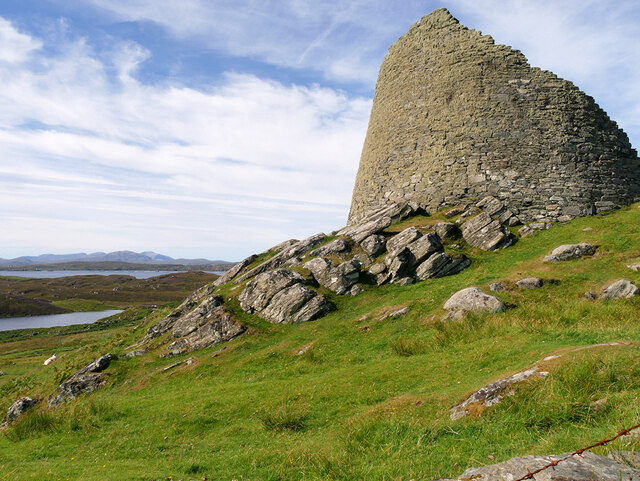
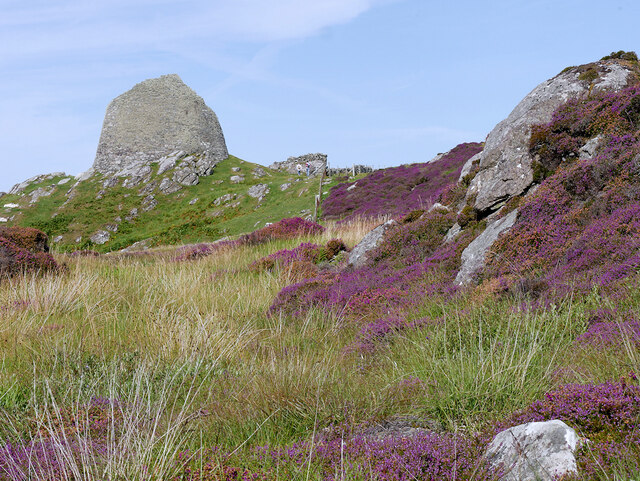
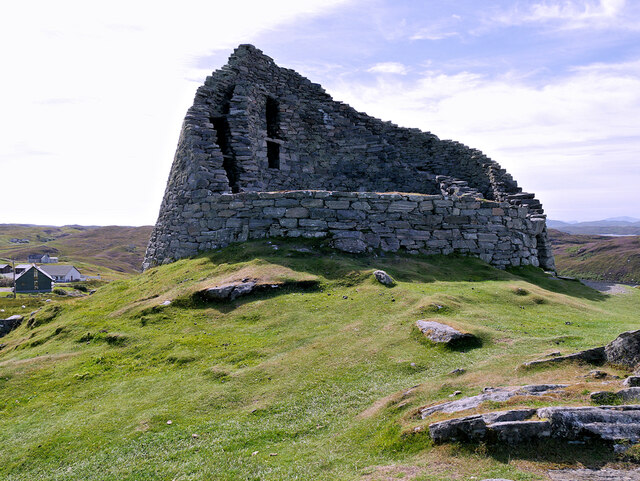
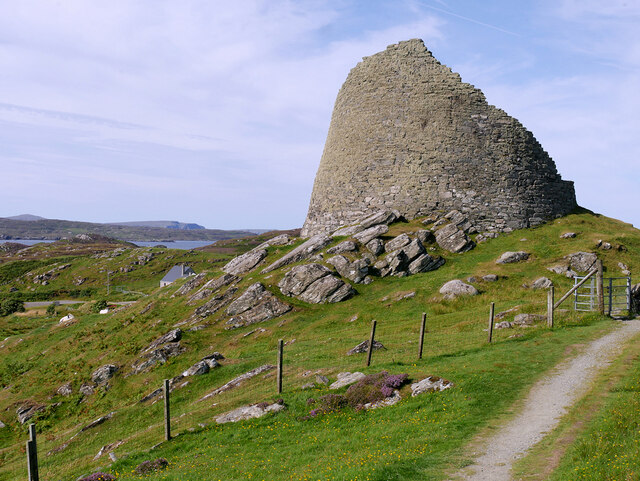
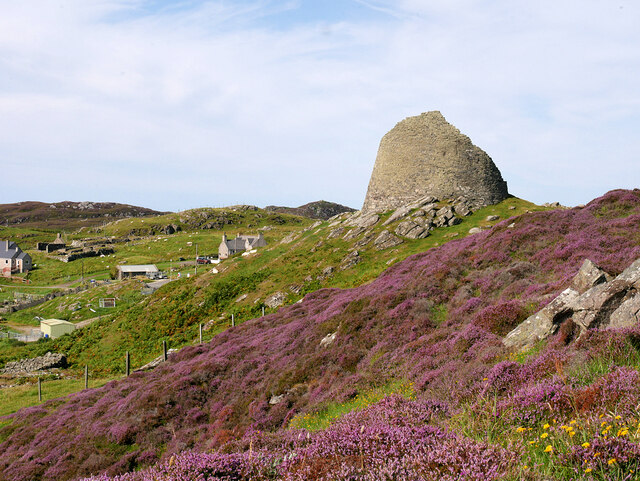
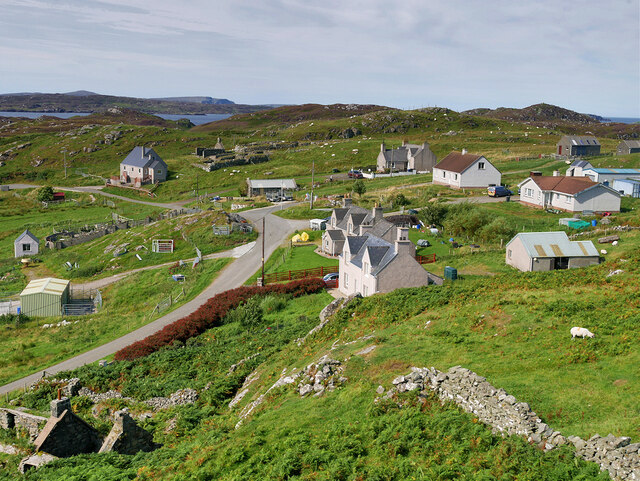
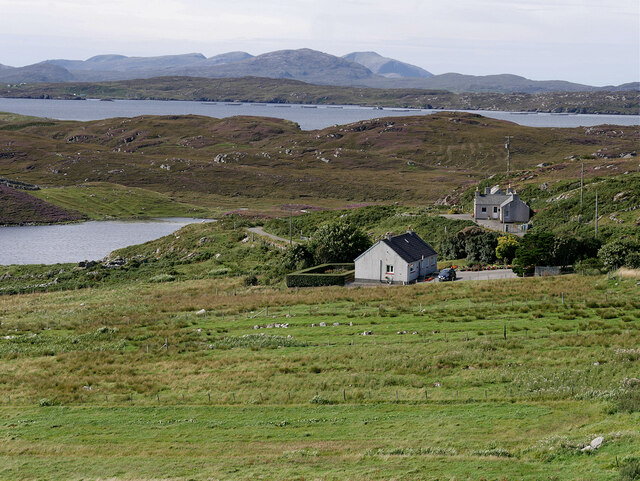
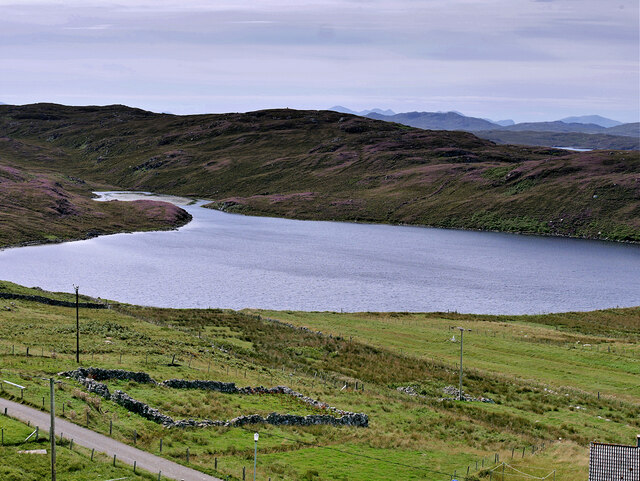
Geodhachan a Tuath is located at Grid Ref: NB1841 (Lat: 58.27236, Lng: -6.8111284)
Unitary Authority: Na h-Eileanan an Iar
Police Authority: Highlands and Islands
What 3 Words
///cross.hypnotist.sleeps. Near Carloway, Na h-Eileanan Siar
Nearby Locations
Related Wikis
Dun Carloway
Dun Carloway (Scottish Gaelic: Dùn Chàrlabhaigh) is a broch situated in the district of Carloway, on the west coast of the Isle of Lewis, Scotland (grid...
Borrowston, Lewis
Borrowston (Scottish Gaelic: Borghastan), with a population of about 50, is a crofting township situated on the Isle of Lewis, on the Outer Hebrides of...
Carloway
Carloway (Scottish Gaelic: Càrlabhagh [ˈkʰaːɾɫ̪ə.ɤː]) is a crofting township and a district on the west coast of the Isle of Lewis, in the Outer Hebrides...
Garenin
Garenin (Scottish Gaelic: Na Gearrannan) is a crofting township on the west coast of the Isle of Lewis in the Outer Hebrides of Scotland. Garenin is in...
Have you been to Geodhachan a Tuath?
Leave your review of Geodhachan a Tuath below (or comments, questions and feedback).
